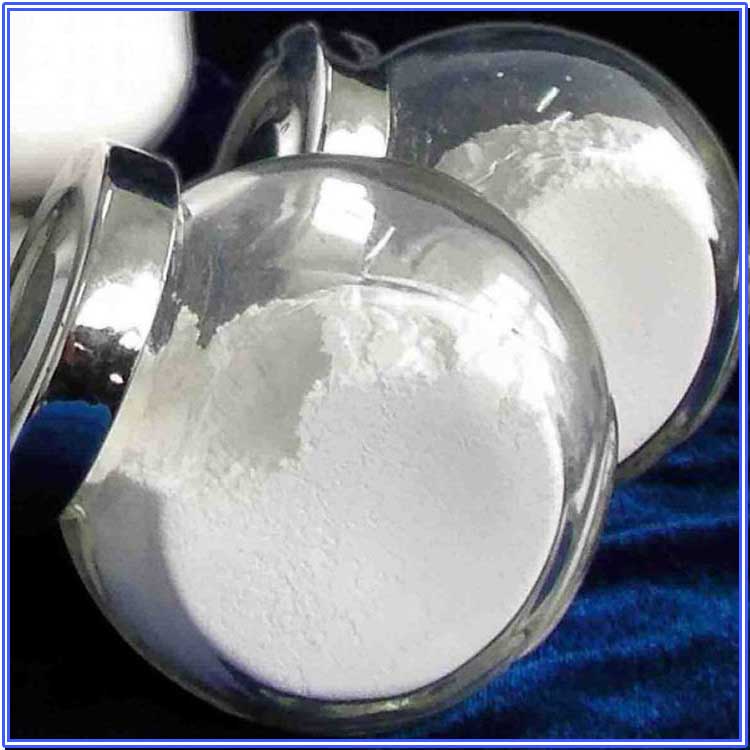According to the requirements of the pharmaceutical and food industries for magnesium oxide, Hebei Messi Biology Co., Ltd. proposed to produce medicinal magnesium oxide by the brine-ammonia method, and the impurity ions in the brine that affect the product quality were removed by a simple method. The indicators of the obtained magnesium oxide all meet the national standards.
Using magnesite ore, ammonium bicarbonate, and sulfuric acid as raw materials, the double decomposition method is adopted, the mother liquor is fully circulated, and the neutralization, dissolution, absorption of ammonia, and double decomposition reaction mechanisms are effectively utilized to optimize the process conditions. According to the requirements of GMP specifications, the plant design specifications and equipment shape are suitable, and a production quality management assurance system is established. Strict operating procedures are implemented to improve the utilization rate of raw materials, reduce production costs, and reduce the discharge of three wastes. The process is advanced and reasonable, and no impurity removers are added to remove metal ion impurities. The produced medicinal magnesium oxide has stable and uniform quality, is safe and reliable, and has been well received by the pharmaceutical industry.

A flame atomic absorption spectrometry method was established to determine the amount of calcium oxide in magnesium oxide, a pharmaceutical excipient, and the calcium oxide determination method of magnesium oxide and light magnesium oxide in the fourth volume of the 2020 edition of the Chinese Pharmacopoeia was improved.
Methods: In hydrochloric acid solution medium, flame atomizer, calcium-hollow cathode lamp (Heraeus), detection wavelength: 422.7 nm, slit width: 0.5 nm, lamp current: 10 mA, flame type: air-acetylene. The methodological investigation of the established method was carried out and compared with the titration results.
Results: In the concentration range of 0-15 μg·mL-1, the linear relationship of calcium ion was good (r=0.9988, n=4), the precision RSD was 0.9% (n=6), the repeatability RSD was 2.2% (n=6), and the average recovery was 94.3%. The results of calcium oxide in 19 batches of samples were all less than 0.8%. The results of AAS method were higher than those of titration method.
Conclusion: After method verification and result comparison analysis, this method has high accuracy and can meet the determination of calcium oxide in pharmaceutical excipient magnesium oxide. It is recommended that the limit of calcium oxide in the first supplement of the 2020 edition of the Chinese Pharmacopoeia be revised to no more than 1.5%.
